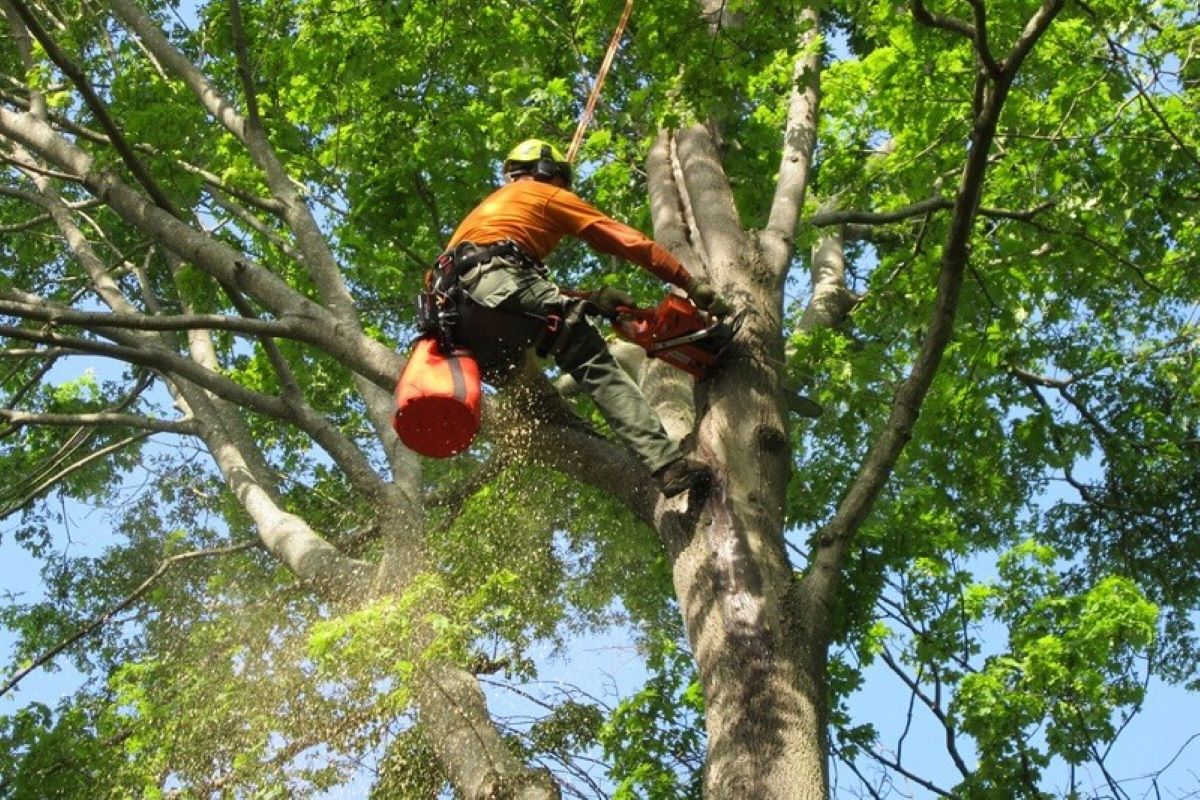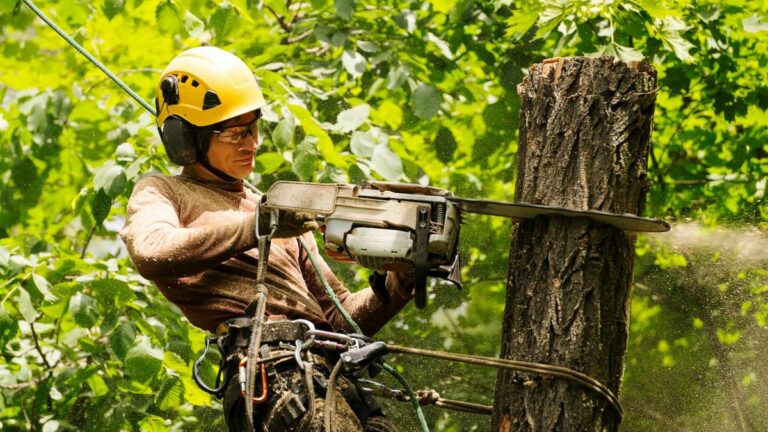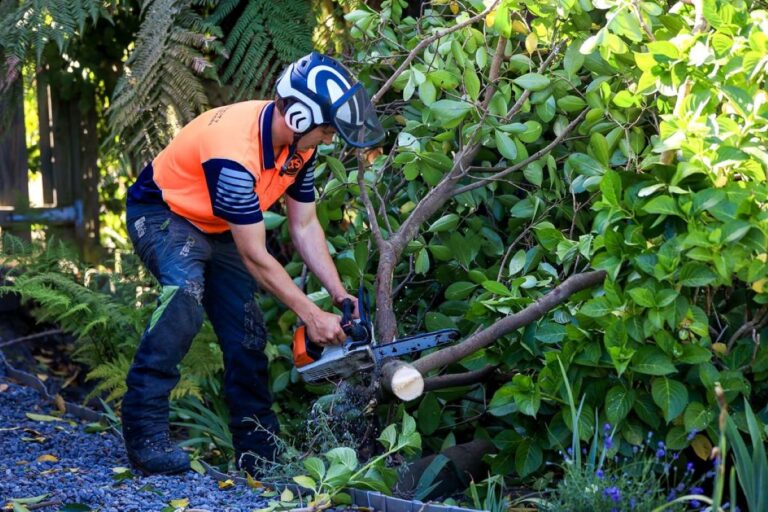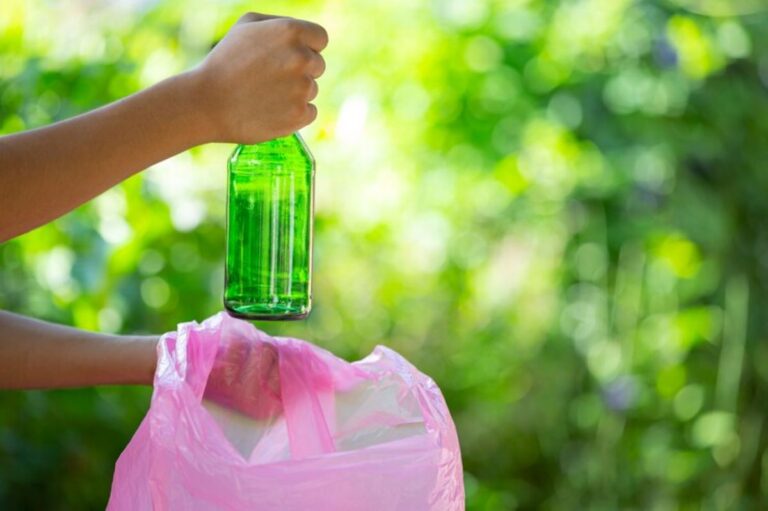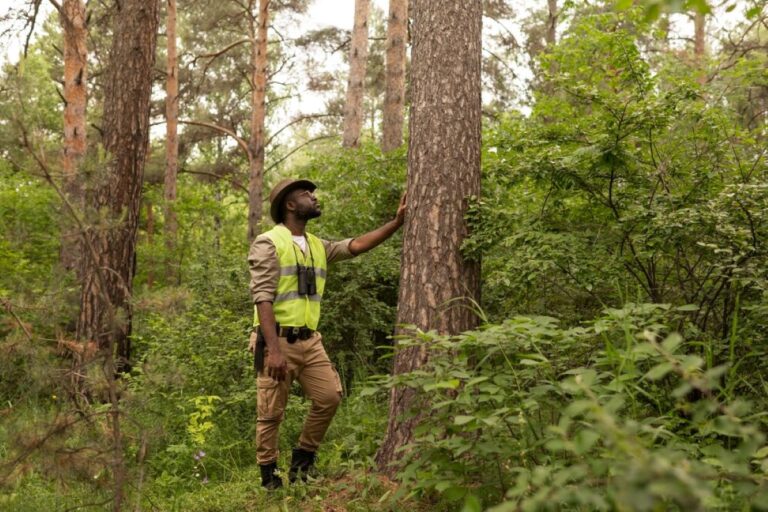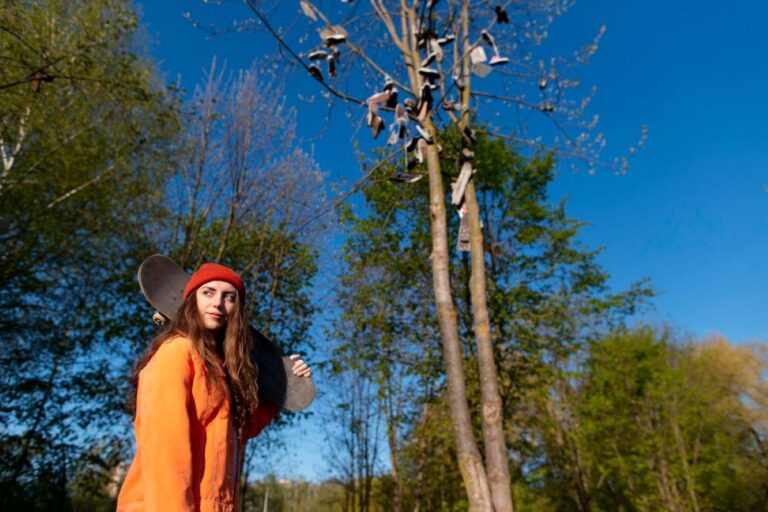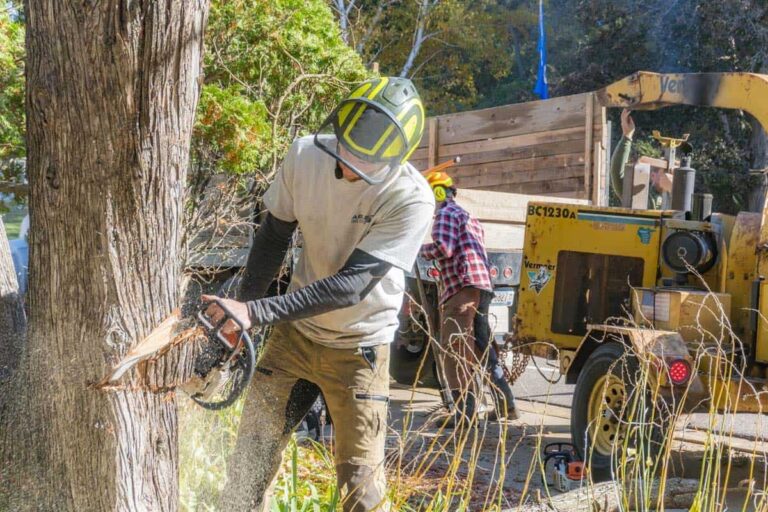Arborist Lane Cove how to maintain healthy trees in high rainfall areas
What Do Arborists Do to Keep Trees Healthy in Rainy Areas Like Lane Cove?
Arborist Lane Cove professionals are crucial for keeping urban trees healthy, especially in places with a lot of rain like Lane Cove. In these areas, too much moisture can make it tricky to care for trees properly. That’s where arborists come in.
How Arborists Help Manage Urban Forests
Arborist Lane Cove plays key role in managing urban forests by creating detailed plans for street trees. These plans take into account both the needs of the environment and the requirements of city infrastructure.
More Than Just Pruning and Removing
Maintaining healthy trees in rainy areas involves more than just cutting back branches or getting rid of dead trees. Arborists do the following:
- Check Soil Conditions: They examine the soil to understand its quality and how it affects tree growth.
- Look Out for Water-Related Diseases: Arborists keep an eye out for diseases caused by excess water, which can harm trees.
- Choose Suitable Tree Species: They select tree species that are well-suited to Lane Cove’s wet climate, ensuring better survival rates.
Long-Term Planning for Canopy Cover
Arborists also think long-term when it comes to increasing canopy cover—the area shaded by tree branches. This is important because more shade means cooler temperatures and reduced energy consumption on hot days.
However, they also make sure that the growth of these trees doesn’t pose any risks to pedestrians or damage existing infrastructure such as roads and sidewalks.
The Benefits of Healthy Urban Forests
Having healthy urban forests brings several benefits to Lane Cove residents:
- Cooler Microclimates: Increased canopy cover helps regulate temperatures and creates cooler areas within the city.
- Better Stormwater Management: Tree roots play a vital role in absorbing excess rainfall, reducing the risk of flooding during heavy downpours.
- Improved Air Quality: Trees act as natural filters by trapping pollutants and releasing oxygen, leading to cleaner air.
- Green Spaces for Mental Wellbeing: Access to parks and green areas has been linked with improved mental health outcomes.
- Habitat for Wildlife: Native animals find homes in well-maintained urban forests, promoting biodiversity.
Turning Goals into Action
Professional arborists turn these environmental goals into practical plans that guide their work. They ensure that despite challenging conditions—such as heavy rainfall—Lane Cove’s trees continue to thrive while also enhancing community wellbeing for years to come.
What Are the Challenges Faced When Maintaining Trees in High Rainfall Areas?
Excess water saturates soil, displacing oxygen that roots need to breathe and function properly. When soil remains waterlogged for extended periods, roots suffocate and become vulnerable to decay, creating significant challenges for urban tree maintenance in areas like Lane Cove.
Root Rot and Fungal Diseases
Root rot and fungal diseases thrive in consistently wet conditions. Phytophthora and Armillaria fungi attack weakened root systems, spreading rapidly through saturated soil. Arborists must monitor for early warning signs including yellowing foliage, premature leaf drop, and crown dieback—symptoms that often appear long after root damage has begun.
The Impact of Wet Soil
The wet soil impact extends beyond disease susceptibility. Waterlogged ground becomes unstable, reducing a tree’s anchorage and increasing the risk of toppling during storms. Compacted urban soils drain poorly, exacerbating water retention problems that healthy trees would normally tolerate in natural settings.
Urban-Specific Obstacles
Urban-specific obstacles compound these challenges high rainfall trees face:
- Limited root space beneath pavements restricts natural drainage patterns
- Underground utilities prevent proper root expansion and water absorption
- Hardscaping surfaces channel excessive runoff directly to tree pits, overwhelming root zones
- Confined planting beds trap water with nowhere to disperse
Infrastructure conflicts become critical when saturated soil causes pavement lifting or foundation damage. Arborists must balance tree health requirements against safety concerns and property protection, making species selection and placement decisions particularly complex in high-density urban environments.
Interestingly, some plants such as raspberries can adapt better to these conditions. For instance, growing raspberries in your home garden may provide insights into managing plants in high rainfall areas, as they have specific needs that could be beneficial to understand when dealing with similar conditions for other types of plants or trees.
How Can Selecting the Right Tree Species Help Overcome These Challenges?
Strategic tree species selection directly addresses waterlogging issues by matching plants to Lane Cove’s high rainfall conditions. Choosing varieties with natural wet soil tolerance ensures roots can access oxygen even when soil remains saturated for extended periods.
Native trees Lane Cove residents should consider include species that evolved alongside local rainfall patterns. Indigenous varieties possess deep genetic adaptation to the region’s climate cycles, requiring less intervention whilst supporting local wildlife populations. Their root systems naturally cope with seasonal water fluctuations without developing the stress responses that make exotic species vulnerable to disease.
The compatibility advantage extends beyond survival rates. Native species integrate seamlessly with existing soil microbiomes, mycorrhizal networks, and pollinator populations. This ecological fit reduces maintenance demands whilst strengthening the broader urban forest ecosystem.
Wet soil tolerant trees proven for high rainfall areas include:
- Tristaniopsis laurina (Water Gum) – thrives in consistently moist conditions with dense root systems that stabilise saturated soils
- Melaleuca quinquenervia (Broad-leaved Paperbark) – naturally occurs in swampy environments, offering exceptional waterlogging resistance
- Eucalyptus robusta (Swamp Mahogany) – handles periodic inundation whilst providing substantial canopy coverage
These species demonstrate vigorous growth in wet conditions, maintain structural integrity during storms, and resist the fungal pressures that compromise less adapted varieties.
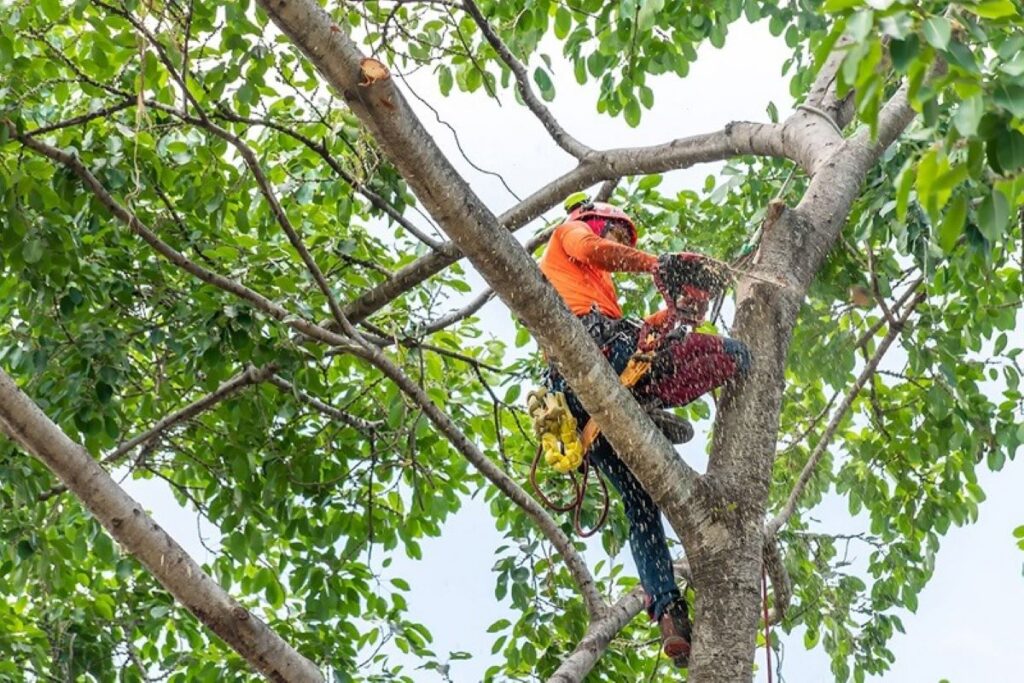
Why Is Biodiversity Key to Successful Urban Tree Management?
Does planting multiple tree species really protect against widespread tree loss? A diverse urban forest acts as a natural insurance policy against pests and diseases. When arborists in Lane Cove maintain a variety of species, a pathogen targeting one type cannot devastate the entire canopy. The elm disease outbreaks that destroyed monoculture plantings across Europe demonstrate why species diversity benefits urban forestry management.
What role does biodiversity play beyond just protecting trees? Native fauna depend on varied tree species for food, shelter, and breeding sites. Different trees flower at different times, produce varied seed types, and support distinct insect populations. This creates a complex web of life where birds, possums, and beneficial insects thrive, contributing to a balanced ecosystem that naturally controls pest populations.
Can diverse forests handle extreme weather better than uniform plantings? Urban forests with mixed species demonstrate remarkable resilience during environmental stress. Whilst one species may struggle during prolonged wet periods, others flourish. Some trees withstand strong winds through deep root systems, whilst shallow-rooted varieties excel in compacted soils. This variation ensures the urban canopy remains intact when individual species face challenges from heatwaves, floods, or storms common to high rainfall areas.
The practical application of biodiversity in urban forestry means arborists select complementary species that share space without competing destructively, creating pest-resistant trees that require less intervention and chemical treatment.
What Are Some Best Practices for Planting and Caring for Urban Trees in High Rainfall Areas?
Strategic tree planting design requires careful consideration of mature tree dimensions to prevent future conflicts with infrastructure while maximising environmental benefits. Each species has unique spatial requirements that must inform placement decisions from the outset.
Urban tree spacing calculations should account for:
- Canopy spread at maturity to avoid overcrowding
- Root zone requirements for healthy development
- Clearance from buildings, utilities, and pathways
- Sight lines for traffic safety
- Access for maintenance equipment
Canopy cover planning, such as outlined in this Urban Tree Canopy Plan, balances density with individual tree health. Larger specimens provide greater cooling and stormwater benefits, yet demand adequate growing space. Planting trees too closely creates competition for resources, particularly problematic in saturated soils where root systems struggle for oxygen.
Regular pruning schedules maintain structural integrity essential for withstanding heavy rainfall and wind events. Removing crossing branches and thinning dense canopies improves airflow, reducing moisture retention that encourages fungal growth. Pruning cuts should follow proper techniques to avoid creating entry points for pathogens.
Mulching around tree bases helps regulate soil moisture fluctuations while suppressing competing vegetation. A 75-100mm layer applied in a doughnut shape (avoiding direct trunk contact) protects roots during both wet and dry periods. Monitoring soil drainage patterns allows arborists to implement corrective measures before waterlogging damages root systems permanently.
In high rainfall areas, it is also crucial to consider urban tree care practices that ensure the longevity and health of these trees amidst challenging weather conditions.
How Can Community Engagement Support Sustainable Urban Forestry Efforts?
Community involvement in urban forestry transforms passive observers into active stewards. When residents participate in tree planting initiatives, they develop emotional connections to their local canopy, leading to better long-term preservation support and reduced vandalism rates.
Educational Campaigns
Educational campaigns serve as powerful tools for raising public awareness about tree care. Workshops demonstrating proper watering techniques, mulching methods, and recognising early signs of tree stress equip residents with practical knowledge. Lane Cove’s high rainfall environment requires specific understanding—teaching locals about drainage patterns and root health helps them identify when trees need professional attention.
Volunteer Programs
Volunteer programs create tangible opportunities for hands-on involvement:
- Tree planting days where families install new saplings
- Monitoring schemes tracking growth and health of young trees
- Mulching parties maintaining moisture levels around established specimens
- Citizen science projects documenting local wildlife using tree habitats
School Partnerships
School partnerships introduce children to urban forest values early, creating generational advocates. Students measuring tree growth, identifying species, or creating habitat maps develop lasting appreciation for their suburb’s green infrastructure.
Digital Platforms
Digital platforms extend engagement beyond physical activities. Social media campaigns showcasing seasonal tree changes, resident-submitted photos of favourite specimens, and interactive maps displaying species diversity keep urban forestry visible in daily life. Online reporting systems allow quick notification of concerns, enabling arborists to respond promptly to emerging issues.
See Also : Arborist Cheltenham how to spot and manage leaning or unstable trees
What Role Do Arborists Play In Long-Term Tree Health Maintenance And Climate Adaptation Strategies For Lane Cove’s Unique Environment?
Arborists are essential in creating climate resilient trees Lane Cove communities can rely on for many years. They examine existing trees, find vulnerable ones, and carry out specific actions to strengthen the urban forest against worsening weather patterns.
How Arborists Help Trees Adapt To Climate Change
Arborists play a crucial role in helping trees adapt to climate change by:
- Choosing heatwave tolerant species and flood adaptive trees as the foundation of their climate adaptation efforts.
- Assessing specific site conditions such as soil drainage capacity, sun exposure, and microclimate variations to select appropriate tree species.
- Recommending native Eucalyptus varieties and Melaleuca species that can withstand both waterlogged conditions and extreme heat events.
Ongoing Tree Care And Maintenance
The expertise of professional arborists in Lane Cove goes beyond making initial planting choices. They also:
- Monitor established trees for signs of stress
- Adjust pruning schedules to accommodate faster growth during wet seasons
- Implement soil management practices that prevent waterlogging while ensuring nutrient availability during dry spells between rainfall events
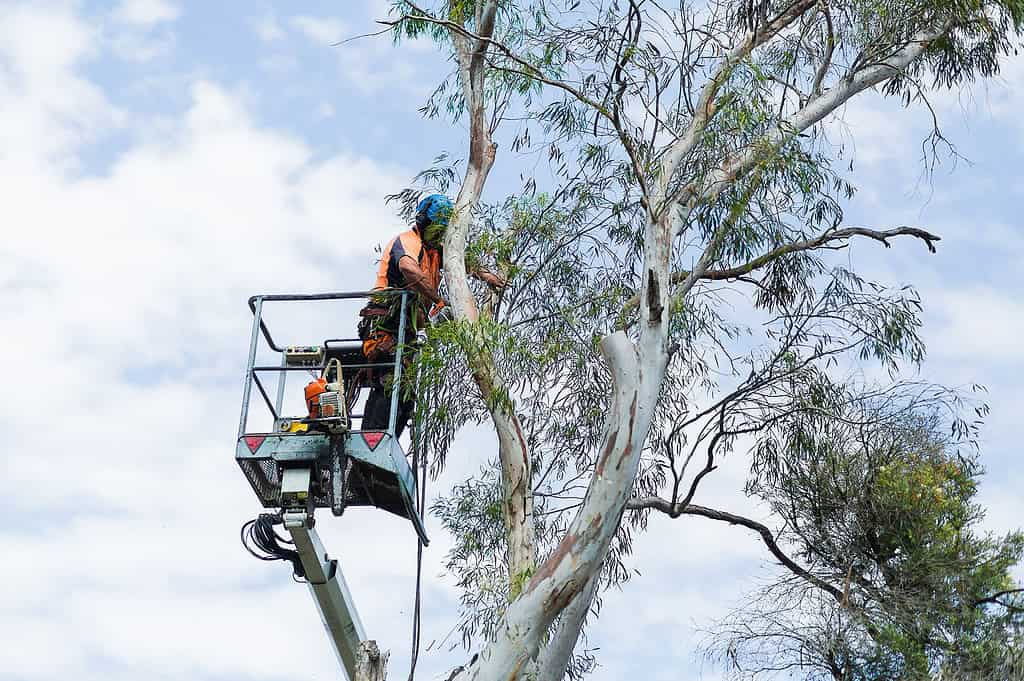
How To Get Started With Professional Arborist Services In Lane Cove For The Health Of Your Trees In A Changing Climate
To get started with arborist services Lane Cove, you should consult qualified professionals who understand the specific needs of areas with high rainfall. Local arborists have specialised knowledge about choosing the right tree species, managing soil drainage, and implementing preventive care strategies to protect trees from waterlogging and fungal diseases.
Expert tree care in high rainfall areas involves regular assessments to spot early signs of stress or disease before they become major issues. Professional arborists can create customised maintenance plans that include strategic pruning, soil aeration, and monitoring root health—all crucial practices for maintaining healthy trees in high rainfall areas.
Contact certified arborists who have experience dealing with Lane Cove’s unique climate challenges. Ask for site evaluations that take into account your property’s drainage patterns, existing tree health, and long-term canopy goals to create resilient landscapes that can thrive despite environmental pressures.
FAQs: How Arborists Keep Trees Healthy in Rainy Areas Like Lane Cove
Excess rainfall can saturate soil, promote fungal diseases, and destabilize roots. Arborists in Lane Cove manage these risks by monitoring tree health, assessing soil conditions, and implementing preventive care.
2. How do arborists manage urban forests in rainy climates?
They develop long-term street tree plans, balancing environmental benefits with urban infrastructure needs, including canopy cover expansion, safety, and stormwater management.
3. What challenges do trees face in high rainfall areas?
Waterlogged soils: Oxygen displacement suffocates roots.
Root rot & fungal diseases: Phytophthora and Armillaria thrive in wet conditions.
Urban constraints: Limited root space, underground utilities, and compacted soils exacerbate stress.
4. How does species selection help?
Choosing wet-soil tolerant native trees ensures roots remain healthy, reduces disease risk, and supports local wildlife. Examples include:
Tristaniopsis laurina (Water Gum) – stabilizes saturated soils.
Melaleuca quinquenervia (Broad-leaved Paperbark) – waterlogging resistant.
Eucalyptus robusta (Swamp Mahogany) – provides canopy and survives flooding.
5. Why is biodiversity important?
Diverse species reduce the risk of widespread tree loss due to pests, diseases, or extreme weather. It also supports wildlife and creates a resilient urban forest ecosystem.
6. What planting and care practices are recommended?
Proper spacing to avoid overcrowding
Root-zone protection with mulch (75–100mm, keeping 100mm from trunk)
Strategic pruning to improve airflow and reduce fungal risk
Soil monitoring and aeration to prevent waterlogging
7. How can community engagement support urban forestry?
Educational campaigns: Teach watering, mulching, and disease detection
Volunteer programs: Tree planting, mulching, and monitoring
School partnerships: Introduce children to tree care and ecology
Digital platforms: Share seasonal changes, track tree health, and report issues
8. How do arborists help trees adapt to climate change?
They select flood- and heat-tolerant species, monitor for stress, adjust pruning schedules, and implement soil management practices to ensure trees thrive despite changing rainfall patterns.
9. What long-term benefits do professional arborists provide?
Healthy urban forests that regulate temperature, improve air quality, and manage stormwater
Strong, resilient trees that withstand wet soil, fungal disease, and urban stressors
Sustained biodiversity and habitat for native wildlife
10. How to start with arborist services in Lane Cove?
Consult certified local arborists for site evaluations that consider drainage, soil health, existing trees, and long-term canopy goals. They can create customized maintenance plans including pruning, soil aeration, and root monitoring.

